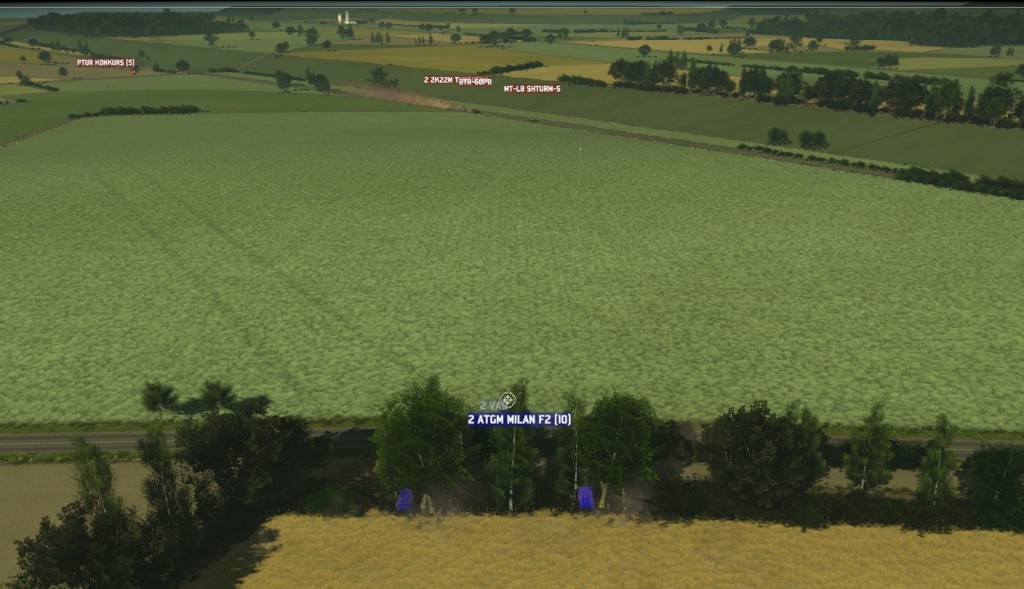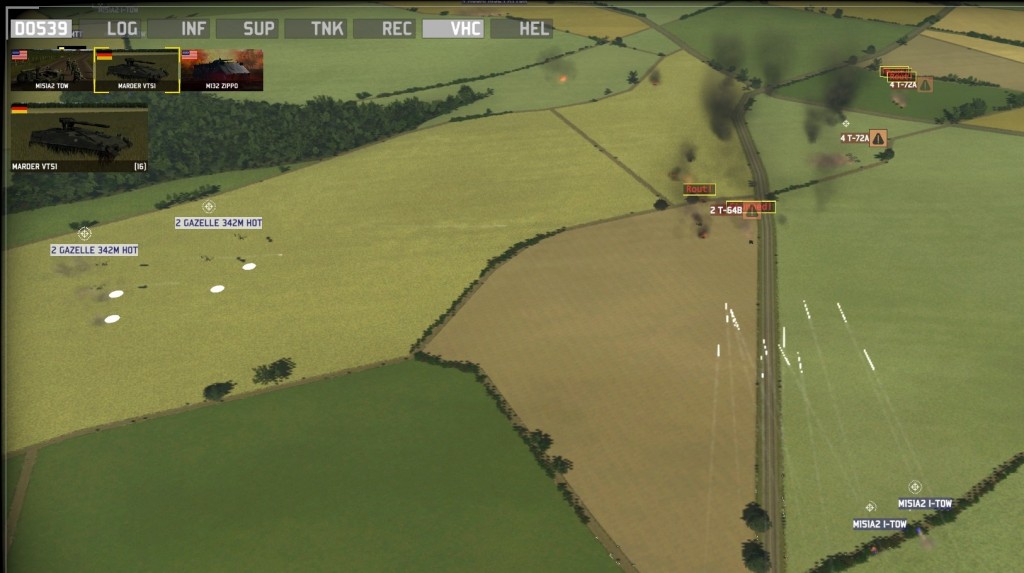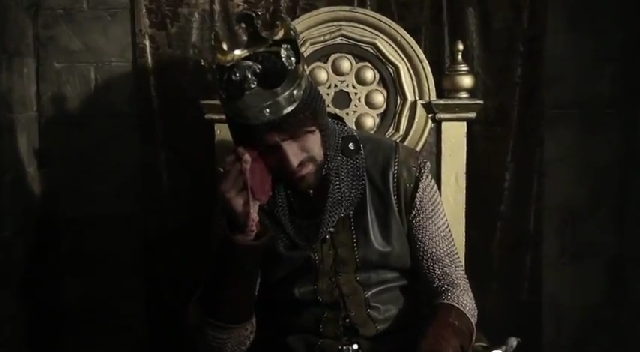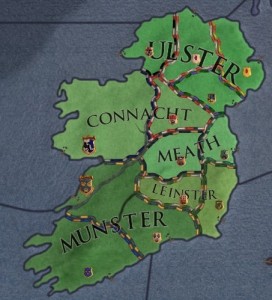
Summing up Wargame: European Escalation, Eugen Systems’ latest real-time strategy game, is easy. It’s designed to do two things: evoke the modern (1970s-1980s) battlefield, and give the player choice. Picking it up is easy. But mastering it – that’s hard.
Playing Wargame is about putting the right troops in the right place at the right time. Unlike Eugen’s earlier RUSE, there is no base-building and almost no economic management – more dangerous parts of the map are worth more reinforcement points, that’s it. Instead, tactics are king. The basics are simple: use recon units to size up the foe; recognise that in an equal fight, the defenders will win; attack where the odds are unequal in your favour; and defend or fall back where they’re not. The tricky part is the “how”. With 361 units in the game, who are the right troops for a given situation? On large maps, laden with forests and swamps, highways and towns, where is the right place to attack, hold, lay an ambush? On battlefields this fluid and lethal, when is the right time to act?
And that is the beauty of Wargame. From a thematic perspective, while the game is a long way from a realistic simulation, it borrows enough to feel believable (think Total War or Panzer General). Simply but clearly, Wargame illustrates the importance of scouting, flanks, supply lines, terrain, and more. Its huge arsenal helps bring the setting to life – it’s addictive to compare an Abrams to a Leopard 2 to a Challenger, or a Marder to a Bradley to a BMP! From a mechanical perspective, it epitomises Sid Meier’s definition of a strategy game as a “series of interesting choices”, beginning with which units to unlock and which of those unlocked to take into battle; and culminating in the myriad of decisions made during a match.
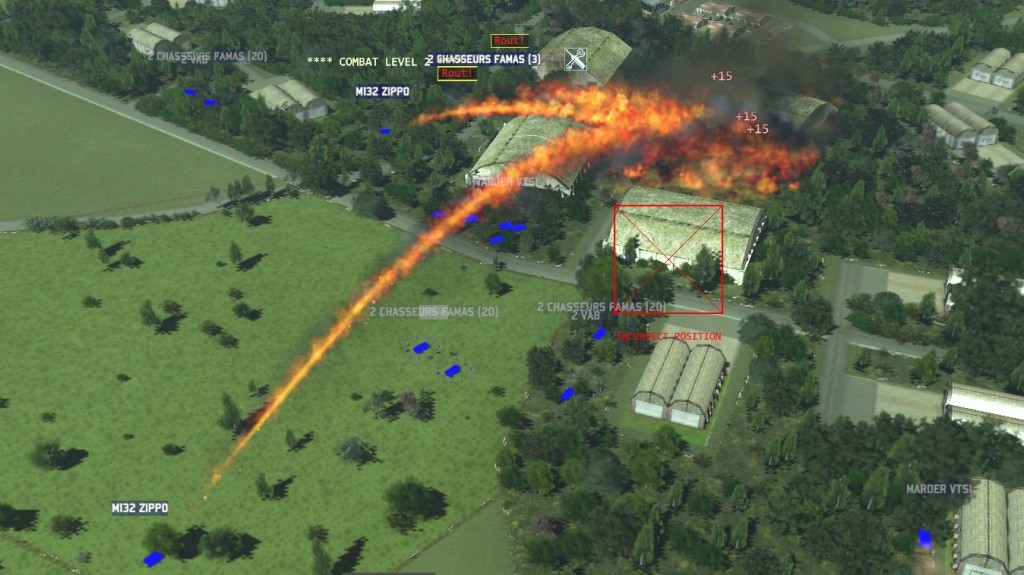
Unfortunately, the game’s single-player campaign can’t do justice to its design. I’m not convinced that linear campaigns and scripted missions fit a game built around choice, and while I did get past the introductory campaign (5 missions out of 22), the next mission I tried prompted me to abandon this mode out of frustration*. I think enjoying the campaign would require a taste for scripted (and difficult!) RTS levels, one which I don’t share. The game’s skirmish mode is much better suited to its design, and decently implemented: I can beat the computer player almost every time, but barring the odd off day, it’s usually good enough to give me an exciting fight. The bigger problems with skirmish are a lack of customisation options and a failure to tie into the metagame: skirmish is limited to 1v1 matches (in a game where most maps are intended for >2 players), you can’t save skirmish replays, and you can’t unlock new units by playing this mode. (Update: Eugen has now added a comp stomp mode to Wargame, and you can now unlock new units via skirmish, albeit more slowly than via the campaign or PvP multiplayer.) As such, I would love to see a expansion that added a dynamic campaign, a la Dawn of War: Dark Crusade or Rise of Nations. It’s in multiplayer where Wargame really shines.
(A couple of quick notes about multiplayer. The community is mostly civil – I think Wargame benefits from not being the kind of title that draws the ‘l2p nub’ crowd. And while forum discussions are filled with complaints about unit balance, exploits, and immersion-breaking tactics, my actual experience could not have been more different: 95% of my matches have featured well-rounded armies deployed in reasonable ways. I have no doubt that exploits exist, but Eugen’s track record makes me confident it’ll patch the remaining holes.)
Lastly, I should warn that Wargame’s plethora of units has a downside: I’m sure it would steepen the learning curve for players new to the period. The game’s manual provides brief descriptions of each category of unit, and detailed stats are available in-game. However, short of poring over those, there is precious little guidance as to which tool to use for which job. How would a Leopard 1 fare against that T-80 coming down the road? (Badly.) Is the Challenger or the Chieftain the high-end British tank? (The Challenger.) What’s the difference between the Dragon and TOW anti-tank missiles? (The Dragon is carried by infantry, the more powerful TOW is carried by vehicles.) While surmountable, this could well be an early stumbling block.

At the end of the day, Wargame won’t be all things to all players. For someone who isn’t interested in the period, an offline gamer, or both, my advice would be to wait for a demo, a sale, or perhaps new features in a patch – the campaign is just too taste-dependent, while skirmish is a bit limited. (Update: The new features have come, and Eugen has added comp stomps, which should enhance Wargame’s appeal to non-PvPers.) But for a gamer who is interested in Wargame’s subject – say, someone who grew up playing Gunship 2000 and M1 Tank Platoon, or reading books such as Nato and the Defence of the West, Red Storm Rising and Jane’s Modern Tanks – and who enjoys multiplayer, this will be a dream come true. Highly recommended to the latter, and a candidate for Game of the Year.
* This mission placed me in command of an American force stuck behind enemy lines, low on fuel and ammo, and reliant on captured Soviet supply depots. Very cool concept, but wearyingly implemented.
You can buy Wargame: European Escalation from, amongst other vendors, Amazon US and Gamersgate.
We hope you enjoyed this post! To quickly find this post, and our other reviews, click the “reviews” tab at the top of this page.
Resources
The basis of my review
Time spent with the game: I estimate 20-25 hours. Steam says almost 50 hours, but this includes a lot of time away from the computer. Meanwhile, the game’s figure of 18-plus hours seems to underestimate time spent in single-player, checking unit stats, etc.
What I have played: A lot of unranked multiplayer games (mostly team games – 2v2, 3v 3, 4v4), one ranked 1v1 multiplayer battle, a fair number of skirmish games, the first campaign (5 campaign missions out of 22 total). This has mostly been as Nato.
What I haven’t played: The remaining campaign missions; the Warsaw Pact (much).


